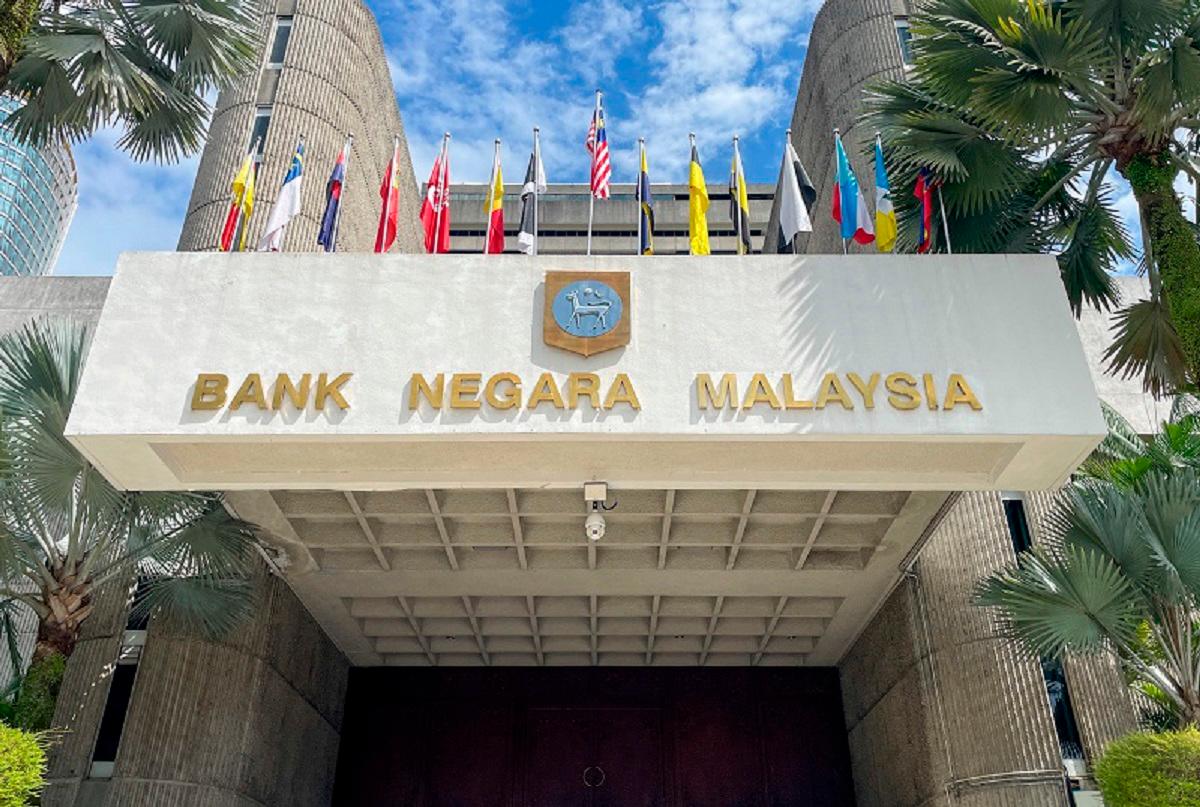KUALA LUMPUR: Bank Negara Malaysia’s Monetary Policy Committee has decided to maintain the overnight policy rate at 2.75%.
The central bank stated that global economic growth continues to expand, supported by sustained consumer spending and front-loading activities.
Global uncertainty has eased somewhat following the conclusion of numerous trade negotiations.
Positive labour market conditions, less restrictive monetary policy, and fiscal stimulus will continue to support the global growth outlook.
Trade policy developments are expected to weigh on global growth as announced tariff rates take effect and frontloading activities dissipate.
Downside risks remain from potentially higher tariffs and escalations in geopolitical tensions.
These uncertainties could lead to greater volatility in global financial markets and commodity prices.
Upside potential includes favourable outcomes from remaining US trade negotiations and pro-growth policies in major economies.
Malaysia’s economy expanded by 4.4% in the first half of 2025, driven by sustained spending and investment activities.
The economy remains on track to grow between 4.0% and 4.8% for the full year 2025.
Growth in 2026 will continue to be supported by resilient domestic demand according to Bank Negara Malaysia.
Employment, wage growth, and income-related policy measures will remain supportive of household spending.
Investment activity expansion will be driven by progress on multi-year projects in both private and public sectors.
High realisation of approved investments and implementation of catalytic initiatives under national master plans will further support investment.
The growth outlook remains subject to uncertainties surrounding global developments.
Downside risks include slower global trade, weaker sentiment, and lower-than-expected commodity production.
Favourable outcomes from US trade negotiations could raise Malaysia’s export and growth prospects.
Continued demand for electrical and electronic goods and robust tourism activity also present upside potential.
Headline and core inflation averaged 1.4% and 1.9% respectively in the first seven months of the year.
Headline inflation for 2025 and 2026 is expected to remain moderate amid contained global cost conditions.
The easing trend in global commodity prices is expected to contribute to moderate domestic cost conditions.
Core inflation is expected to remain stable and close to the long-term average.
This reflects continued expansion in economic activity and the absence of excessive demand pressures.
The overall impact of announced and upcoming domestic policy reforms on inflation is expected to be contained.
At the current OPR level, the monetary policy stance is considered appropriate and supportive of the economy.
The MPC will continue to monitor developments and assess the balance of risks surrounding domestic growth and inflation. – Bernama









